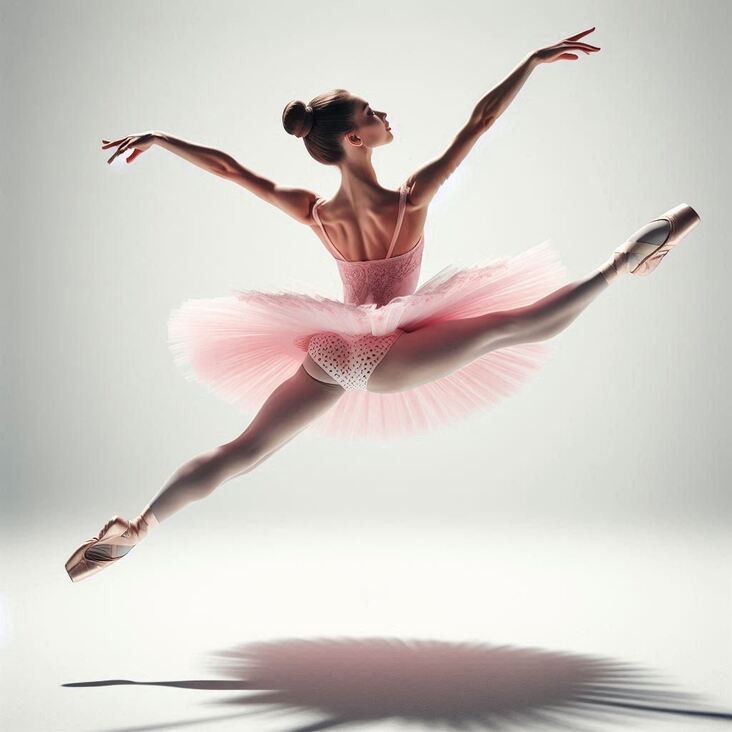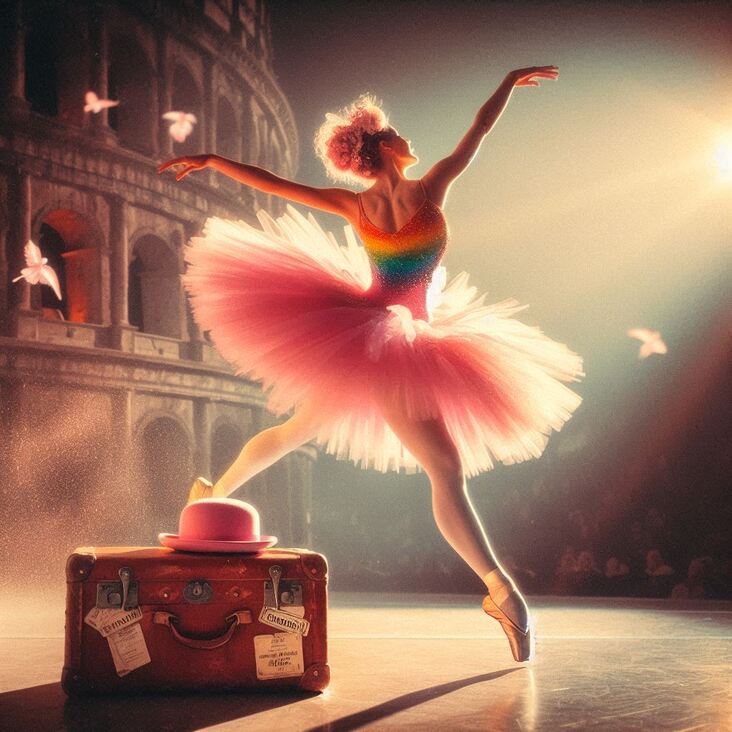
Hello fellow tutu enthusiasts! Emma here, your time-travelling ballerina from the rolling hills of Derbyshire, England. Today, we're venturing back to June 6th, 1690, a date that marked the beginning of a revolutionary shift in ballet. Buckle up, darlings, as we're about to dive into a world of groundbreaking artistry and thrilling historical happenings.
I've been aching to share this journey for ages! It all started, as always, with a little nudge from Magic Meg, my dazzling pink Shire horse with a shimmering mane and tail as white as freshly fallen snow. Her hooves, you know, they're pure gold! (Imagine my delight finding matching hoof polish back in 1690! They called it “gold leaf”, so much more rustic, isn’t it?) She loves the dramatic flair of past eras, especially anything involving a fancy carriage – which was a bit tricky finding here, but we managed!
Now, as my loyal readers know, time travel requires a steady income. So I recently wowed the crowds with a performance of "The Sleeping Beauty" (with a particularly fetching new pink tulle skirt, naturally), and that earned enough to send us galloping through the centuries.
Imagine my delight stepping out of Magic Meg's carriage and finding myself smack dab in the heart of Paris! This city, even in the 1690s, bustled with creativity and excitement. As always, my trusty rucksack was on my back, ready to hold my latest collection of ballet treasures, from forgotten choreographies to the most beautiful, delicately-embroidered costumes (think lace sleeves and flowing silks, absolutely heavenly!).
Today’s time travel brings us to the dawn of the French Baroque period – a grand and opulent age. What's remarkable about this time in ballet is the emergence of the first codified system of ballet steps, crafted by a genius named Pierre Beauchamp. Think of him as the founding father of our ballet world, his "Notation des mouvements" (the recording of movement) providing the first true steps towards unifying our dance vocabulary.
Just picturing the elegant, refined dancers at the Royal Academy of Music in Paris, perfecting their graceful "pirouettes" and “chassé” is pure delight! The ladies, of course, danced in elaborate panniers, frills, and flounces, which only adds to the majestic grace. I confess, I’m absolutely dying to get my hands on a historical replica of these fabulous gowns. Perhaps I’ll need to brush up on my historical sewing skills to achieve this particular vision of pinkness!
1690 saw the start of an exciting new wave in ballet. A time for experimenting with techniques, discovering fresh choreographies, and showcasing those perfectly controlled leaps and bounds! Just a year prior to our visit, "La Griselda" graced the stage, and you bet your bottom tutu I’m already working on getting myself a performance copy to bring home. I’ll add it to my current repertoire! (Honestly, I can already imagine my new pink tutus matched with a shimmering historical fabric. I think it will have the court aghast.)
While time travel has its unique challenges (especially finding a reliable café that offers almond croissants - I miss my local bakery!), seeing the birth of modern ballet, a form that is such a source of joy and inspiration in my own time, has been truly enchanting. The past is brimming with creativity and artistry, and we, in the modern era, can learn so much from it.
It’s also made me realise that pink tutus have always been on trend – who needs time travel when history already provides so many opportunities for beautiful fashion and incredible artistry. What are your favourite ballet styles? Do you think the "en pointe" dance has been around as long as people think? (Spoiler Alert: It's more recent than many think.) I'd love to hear your thoughts!
And remember, if you want to join me on the journey to making pink tutus a worldwide fashion trend, then hop aboard, darling.
Keep shining,
Emma x
